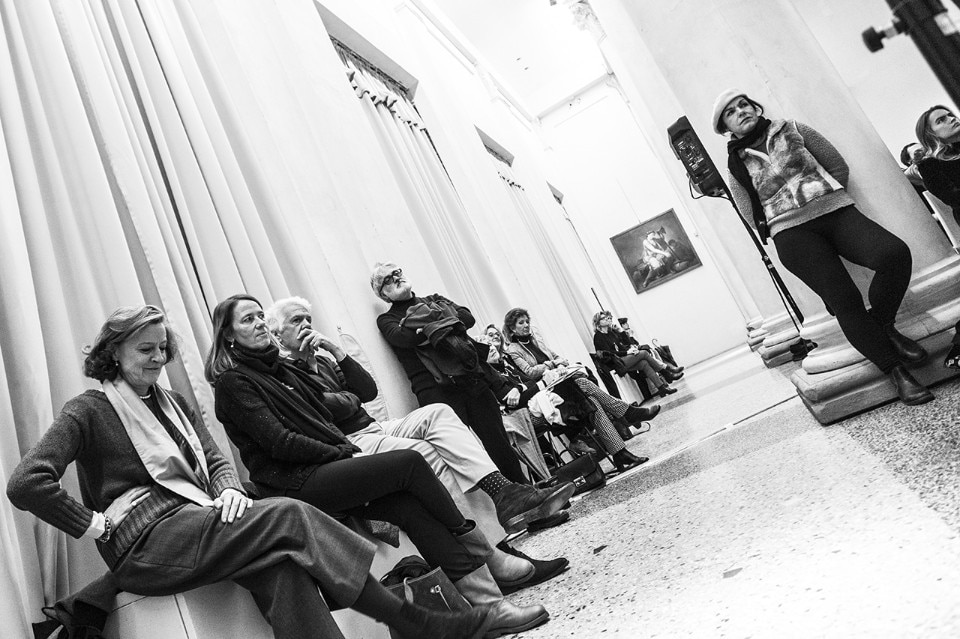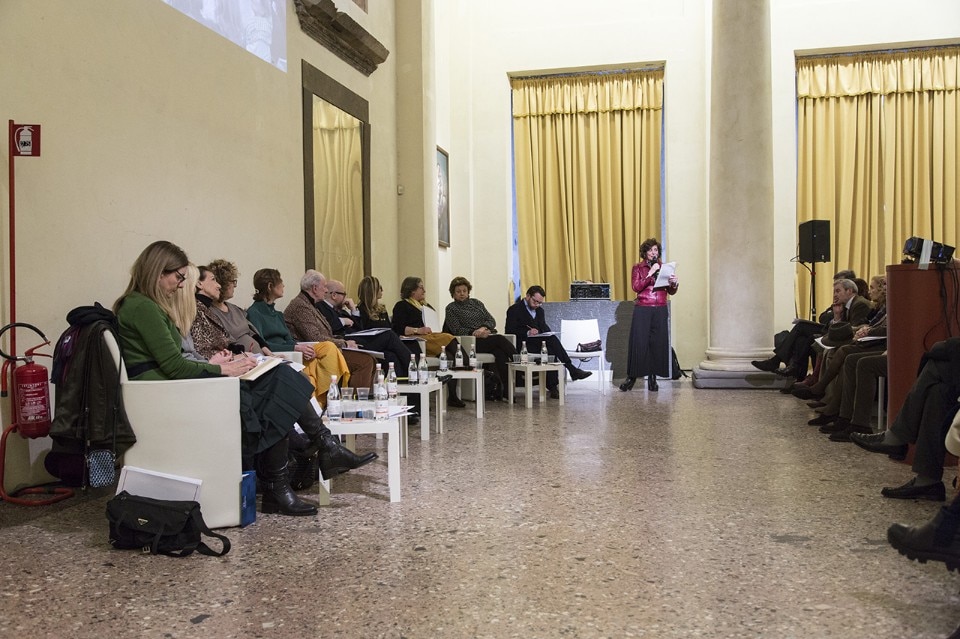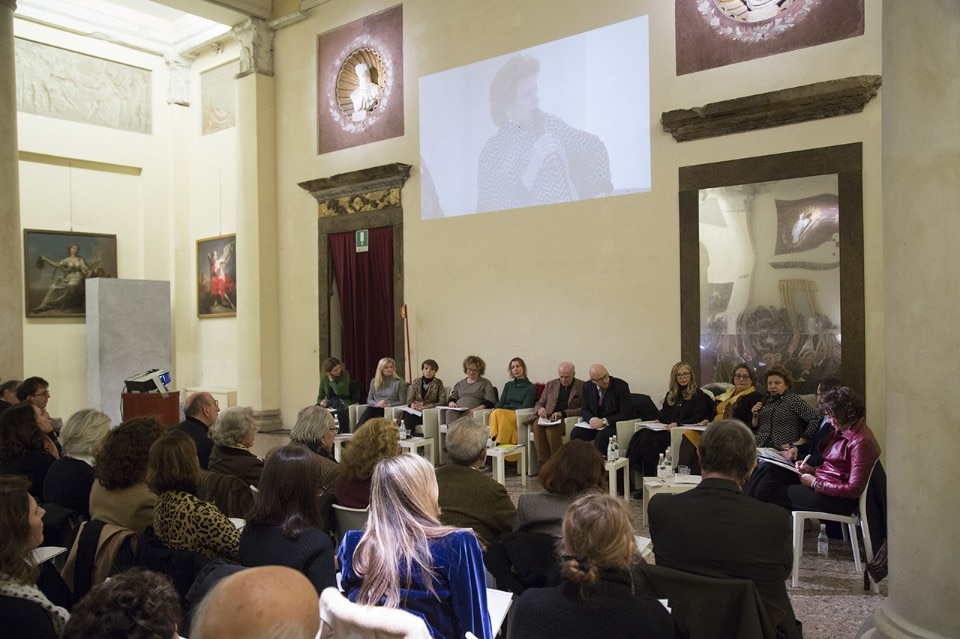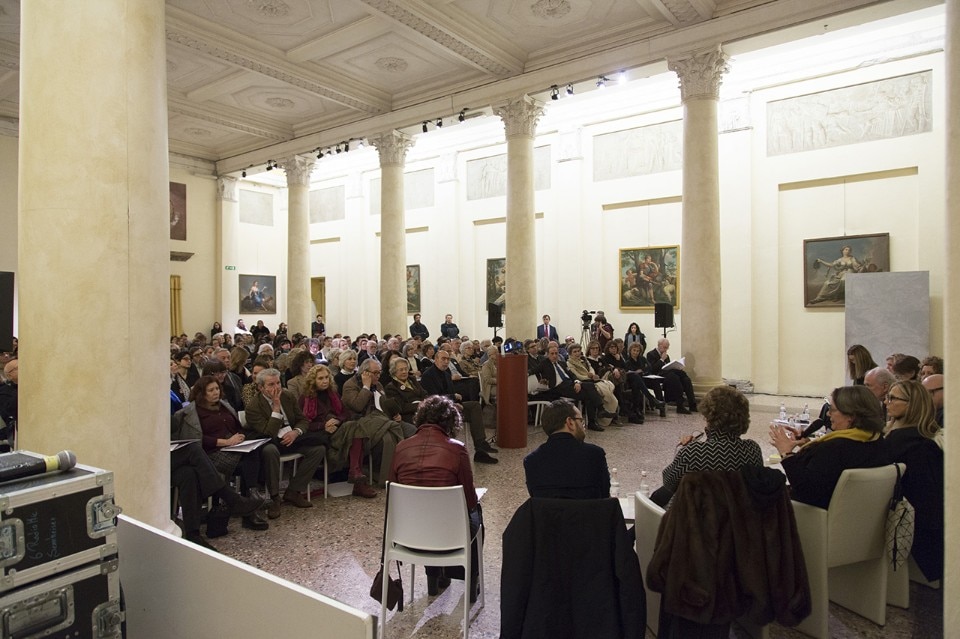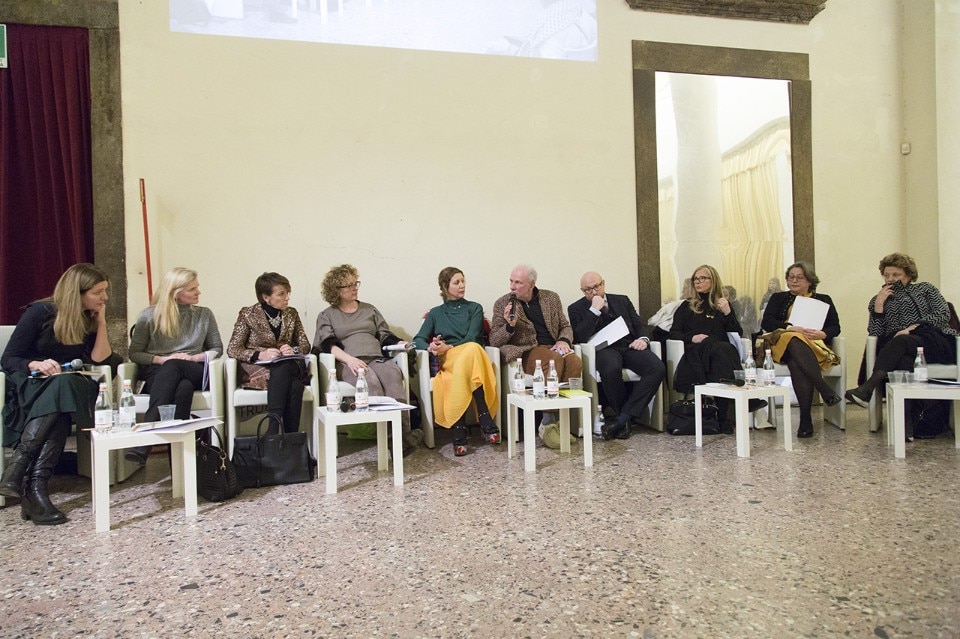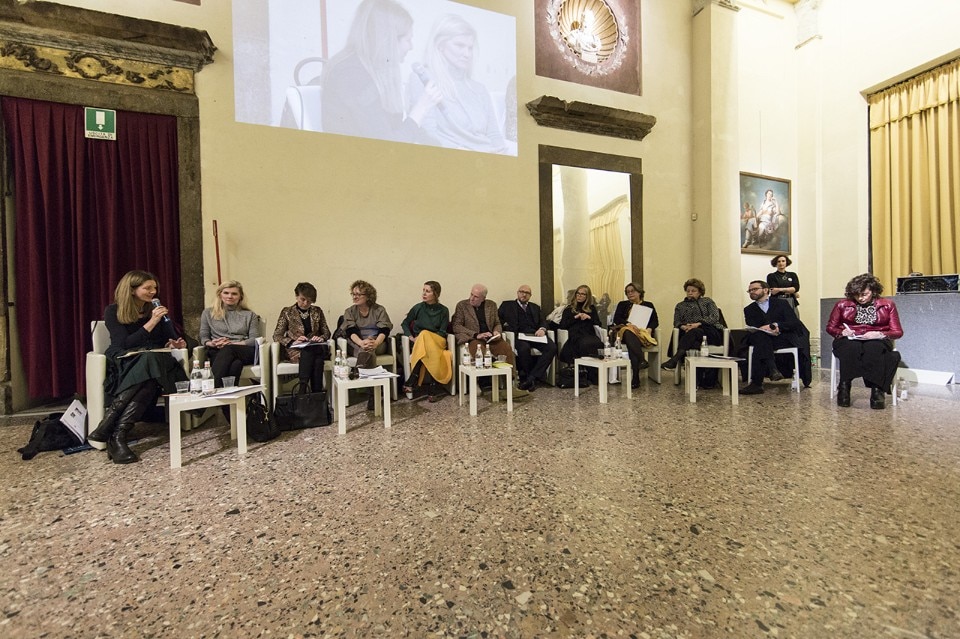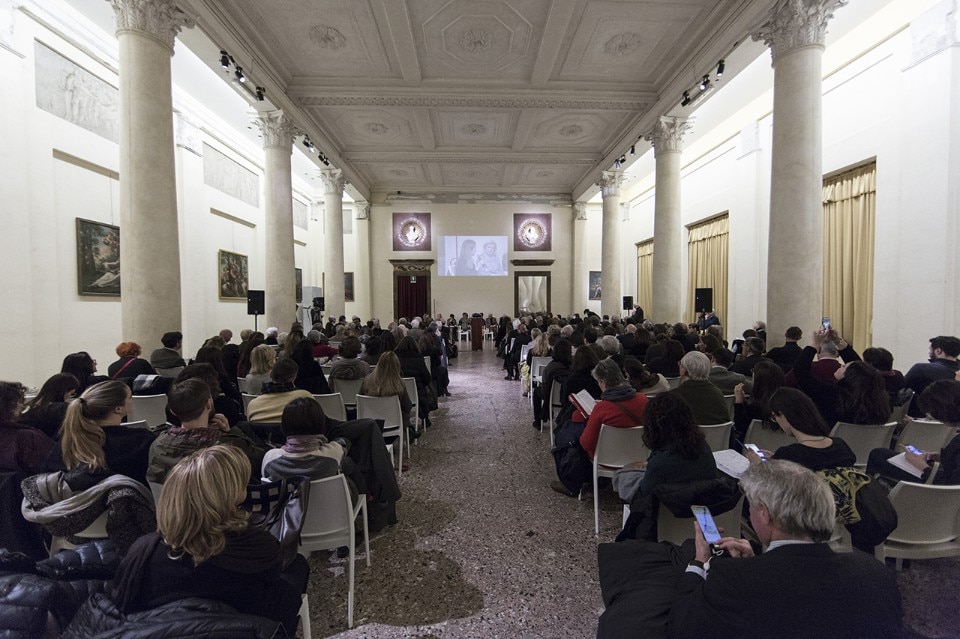As part of Museo City, an event held in Milan between 2 and 4 March, a conference – entitled Arte contemporanea tra Museo e collezionismo (“Contemporary art in museums and private collections”) – was held to highlight how the role of public museums is fundamental in getting contemporary art seen, and how private collections are crucial for the collecting of works. The conference was organised by Paolo Biscottini and Annalisa Zanni from Associazione MuseoCity.
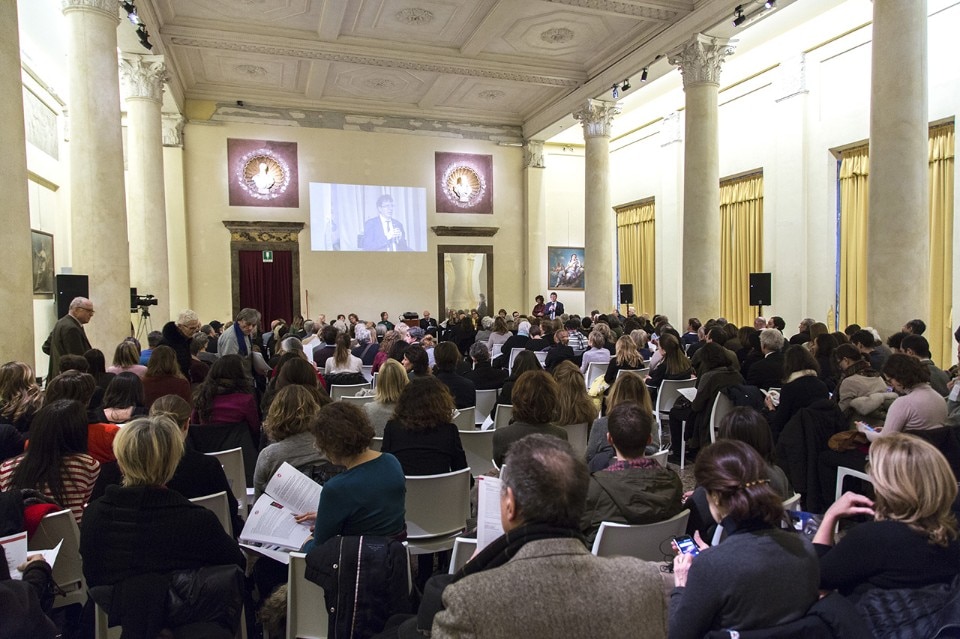
The assumption of Alessandro Rabottini, artistic director of miart 2018, who moderated the event with Marina Mojana, is that “private collecting is structurally public in the life of art: it’s the lifeblood of art. The reason that contemporary art exists is that there are collectors buying it.” Starting from this idea, the contributors discussed what the relationship should be between private collections and museums: are loans and donations good enough tools? According to Gabriella Belli of MART, a museum with an identity defined by twentieth-century and Futurist works, “loaning is also a workable formula today: it creates an excellent relationship, better than permanent donation. A collection of contemporary art, by its nature, has to change and a loan is not a permanent marriage-like relationship.” Giuseppina Panza di Biumo, a collector and the director of the Panza Collection (begun by her father), recounted her family history: “My father wanted art to be enjoyed – he wanted people to feel involved and at home. He knew all the artists personally.” For Gemma De Angelis Testa, President of ACACIA (Associazione Amici Arte Contemporanea), the idea is that contemporary art in the museums should preserve the “collective memory of our time”. In the view of Arturo Galansino, the head of the Fondazione Palazzo Strozzi, Italy “lacks an institution putting on generalist contemporary exhibitions”. Private collections fill this gap. As he said: “In Italy contemporary art exhibitions get far fewer visitors than they do in London.” For Massimo Minini, historic art dealer and the president of the Fondazione Brescia Musei, “the museum cannot be a place just for producing art or institutionalising it”. Just as important as the private collections are the archives. As he said, “they should be preserved in Italy. The archive of the late Gillo Dorfles is going to Berlin ...” Carolyn Christov-Bakargiev, the director of GAM in Turin and the Castello di Rivoli, sees the role of the museum as documenting the passing of time: “I’m always thinking about the future: I see things in 100 years. We have to preserve a distinction between the public and the private. In saying that everything is public we are moving towards total privatisation. The difference between public and private is eternity: the context of the museum must be eternal – the inalienability of the work is fundamental.” Among the other contributors were Beatrice Trussardi, head of the Fondazione Nicola Trussardi, Patrizia Sandretto Re Rebaudengo, head of the Fondazione Sandretto Re Rebaudengo, and Astrid Welter, Head of Programs at Fondazione Prada


